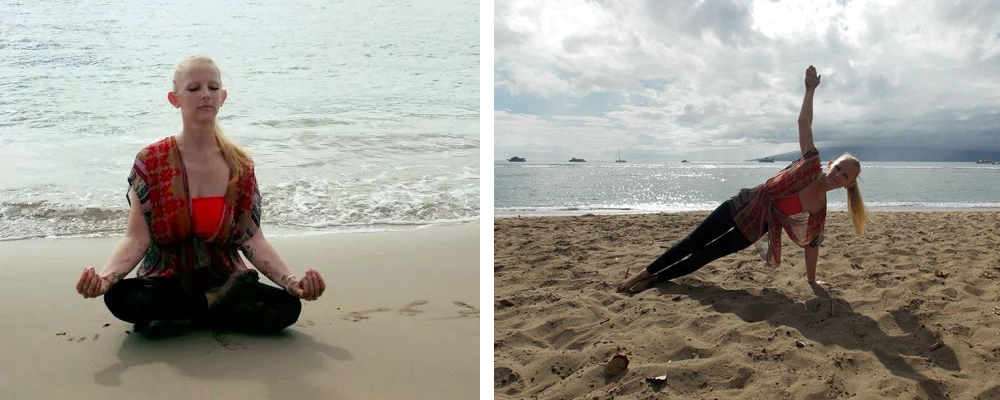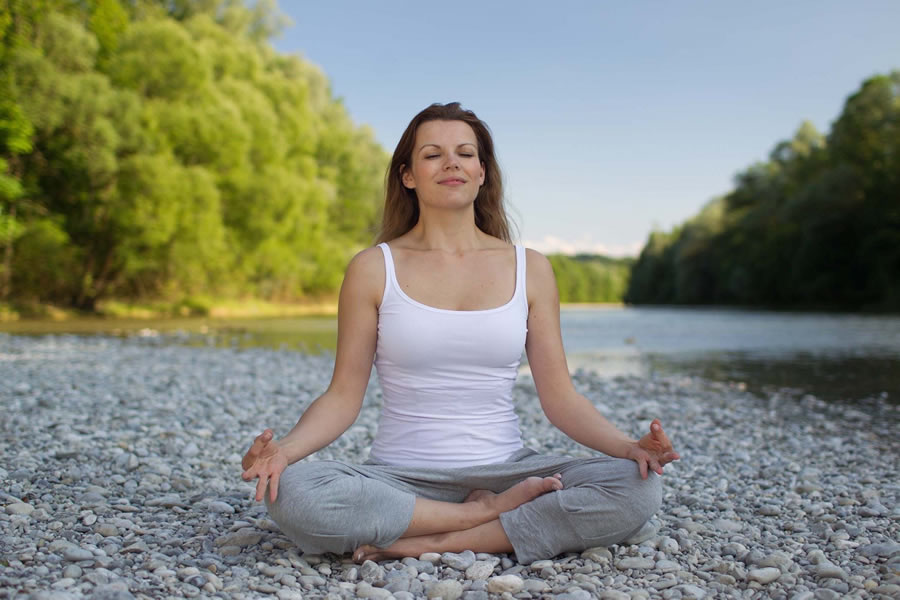Typically, when people with diabetes think of things that raise their average blood sugar they often think of carbohydrates and being overweight. Stress, pain, poor sleep, depression and lack of movement can all contribute to higher blood sugar levels. The higher the average blood sugar or HgA1c, the more risk of complications from diabetes down the road.
Although watching carbohydrate intake, using diabetes medications or insulin as appropriate, and proper weight management play a big role in reducing average blood sugars there are other things that one can do as well. Stress, pain, insomnia and depression can all be reduced through movement, yoga, massage and meditation programs. The more a person with diabetes incorporates all approaches that can lower their risk for complications of diabetes the better.
Studies conducted have shown that movement, yoga, meditation and massage can lead to significant improvements in conditions including diabetes, PTSD, pain management, depression, heart rate variability and insomnia.

Charlotte Morgan Certified Yoga Instructor
Choice Center for Movement – NH Integrated Health Care
The job for any Certified Diabetes Educator (CDE) is to help get the client’s average blood sugar or HgA1c down and to help prevent long term complications such as neuropathy or loss of feeling in the feet, retinopathy or visual loss, wounds that don’t heal properly, heart and renal disease. Thus, part of our job as diabetes educators is to educate and encourage our clients to utilize all appropriate approaches that can help one lower their HgA1c.
The HgA1c is a lab value that looks at blood sugar control over time. It is used as an indicator of how well a person with diabetes is doing controlling their blood sugars. The higher the HgA1c, the greater the risk for long term complications of diabetes.
As many of my clients know, their HgA1c’s have come down significantly through cutting down on total daily carb, especially processed bready carb, and weight loss. They know that learning to better manage their own diabetes (Diabetes Self-Management) can help them stop the progression of their disease and in some cases help reduce and even get off some of their diabetes medications. Thus, I hope they consider trying one or more movement programs such as movement classes, yoga, meditation or massage to help further lower their HgA1c.
In summary, our goal as diabetes educators should be to guide patients in understanding the effects of various factors on blood glucose levels, which can help motivate them to take control and add more approaches to better manage their own diabetes. Diabetes Educators should help provide access to as many of these programs (yoga, movement classes, meditation, and massage) as possible and not just educate about diet and medications. The more a person with diabetes incorporates all the approaches that can help them lower their risk for complications of diabetes the better.

